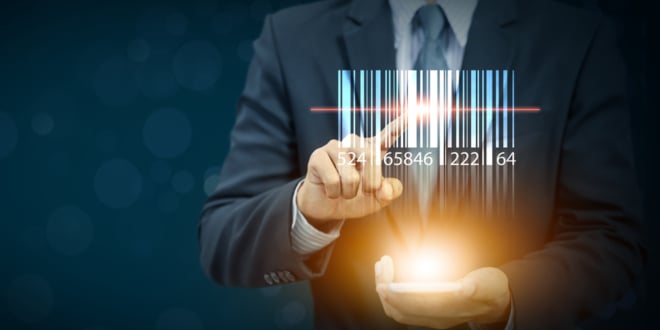
Table of Contents
Since then, the use of barcodes has evolved and become ubiquitous in a wide variety of industries, and rightfully so.
There is a range of benefits from serialization using barcodes, from tracking inventory levels to detecting supply-chain diversion, to gleaning valuable geo-location and seasonal data for marketing and sales departments.
Barcode fraud, however, is a real security threat.
Speak to a Serialization Expert Today
While the two-dimensional (2D) barcode carries much more data per area and has a higher fault tolerance than the original 1D barcode, it has existed in some form since 1987. (The Commodore Amiga 500 was the hot new computer that year.)
It is still possible to copy a barcode or to cover a barcode with a fraudulent one — meaning that barcodes are contributing to the huge economic losses suffered due to counterfeiting.
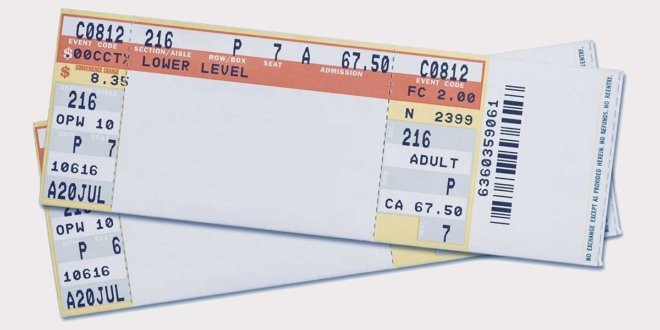
Barcode Fraud Knows No Bounds
In 2012, a Silicon Valley tech executive was charged with creating his own barcodes to cover up those on LEGO boxes at Target stores.
Though he was only formally charged with four burglaries of $1,000 worth of LEGO boxes, police found he had recently sold about 2,100 LEGO items on eBay totaling about $30,000.
And you don’t have to be a tech guru to commit barcode fraud.
There have been numerous incidents in recent years of shoppers transferring barcodes from cheap products to expensive products at department stores.
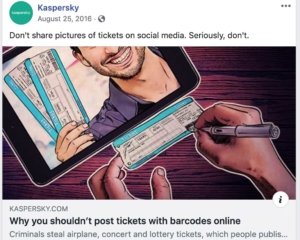 On social media, people often gleefully post pictures of their tickets to a music or sporting event, only to find their tickets invalid at the event because the stolen barcode has already been scanned.
On social media, people often gleefully post pictures of their tickets to a music or sporting event, only to find their tickets invalid at the event because the stolen barcode has already been scanned.
For companies in heavily regulated industries, a case of barcode fraud can have further-reaching repercussions than hurting the bottom line at a single store.
As of 2018, the U.S. pharmaceutical industry is required by law to serialize all prescription products.
Imagine a scenario where the barcode of an FDA-approved medication is copied, placed on a fraudulent ‘medication’ and sent to a pharmacy where it is sold and then used by a customer.
The consequences could be devastating.
Speak to a Serialization Expert Today
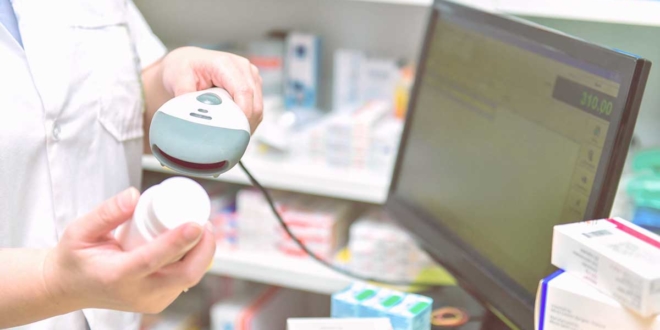
Securing Barcodes with a Smarter Label
In the entertainment industry, Ticketmaster has started to address barcode fraud with forthcoming ‘refreshing’ tickets that constantly generate new barcodes on the ticket owner’s mobile phone.
But what about barcodes that must go on physical products?
Serialization and track-and-trace technology company Covectra has developed a secure label that not only maintains the vast data benefits of 2D barcodes but also makes that data secure.
Covectra’s StellaGuard Security labels pair serialized 2D barcodes with random patterns of 3D holographic symbols, or “stars,” to provide copy-detect protection. 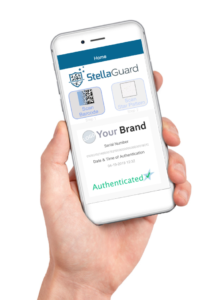
A Covectra mobile app first scans the 2D barcode, then analyzes the associated 3D symbols, creating two layers of protection when authenticating the product.
Because of this extra layer of protection, brand owners can be confident that the actionable product and customer data they receive through their 2D barcodes is accurate.
StellaGuard integrates with Covectra’s EPCIS Certified AuthentiTrack® database, allowing brands to closely track their products throughout the supply chain and retrieve detailed business insights.
Meanwhile, the brand’s stakeholders (ex. a pharmacist about to provide medication to a customer) can instantly authenticate the product using the Covectra mobile app.
Speak to a Serialization Expert Today
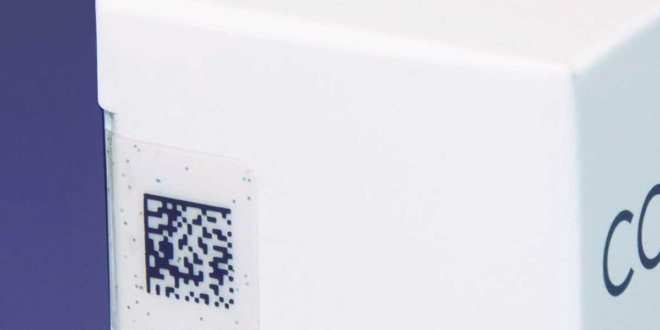
Boosting the Benefits of Serialization
By implementing a more secure labeling system like StellaGuard, brands can reap the following benefits of serialized 2D barcodes with much less risk of fraud and data inaccuracies.
1. Cut Down on Supply-Chain Diversion
Modern barcodes have become an effective means of tracking if and where products are being diverted into gray or black markets along the supply chain, such as in-between the manufacturer and distributor, or in-between the wholesaler and retailer.
By incorporating a more secure label, brands can ensure that geolocation data cannot be manipulated to keep the diversion hidden.
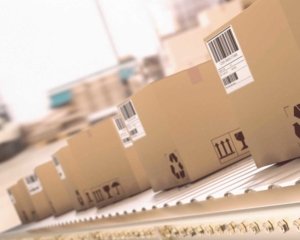
2. Receive Reliable Insight into the Supply Chain
Barcodes can provide invaluable insight into the effectiveness of a brand’s supply chain. They can help compare how long on average it takes for a product to travel from the manufacturer to retailers in different regions, or how long inventory is sitting at those retailers before getting in the hands of consumers.
A more secure label would again prevent that data from being corrupted by barcode fraud.
3. Support Marketing and Sales Programs
By tracking the path of a product all the way to the consumer, brands can also receive a wealth of information that marketing and sales departments can leverage for targeting and promotions.
For example, a brand could identify months where inventory is lingering at retailers for longer than usual in certain regions, and provide promotions for retailers to offer to their customers in those areas.
With Covectra’s StellaGuard label, brands can not only protect the integrity of data for targeting those promotions, but also send custom messages about a promotion when the product is authenticated at the retailer via the Covectra app.
Speak to a Serialization Expert Today
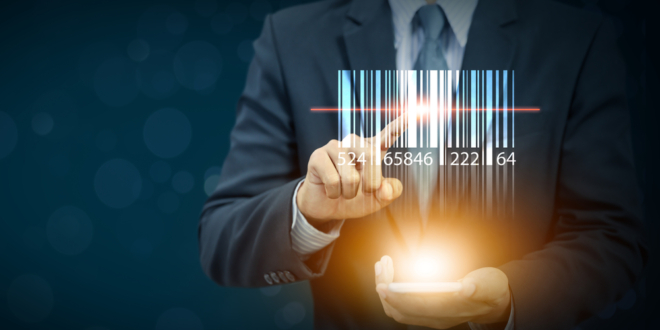
A Bright Future for Barcodes
Barcodes have been evolving for nearly a half-century and they are not going away anytime soon.
Technology companies and brands continue to find innovative ways to use the information transmitted from them across the supply chain, but brands should take a closer look at the security of their labels.
A secure label means that a brand’s products end up in the right hands. It also means that their product information is more reliable.
And that’s a win-win for their bottom line and their customers.
